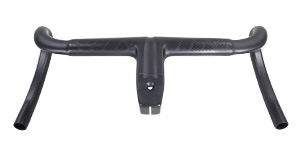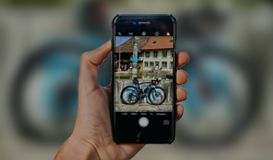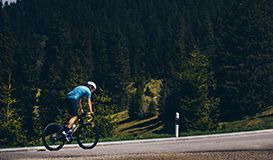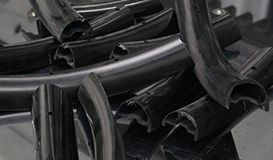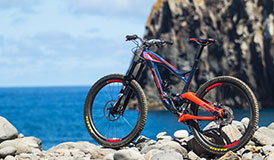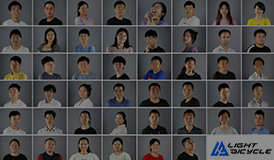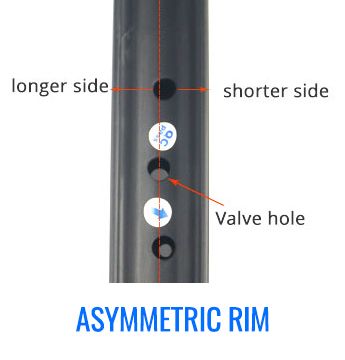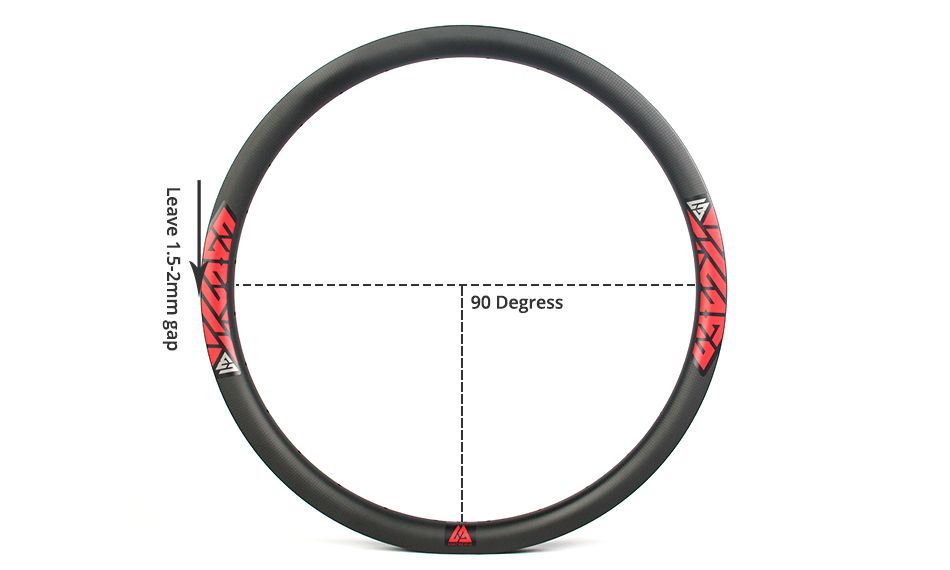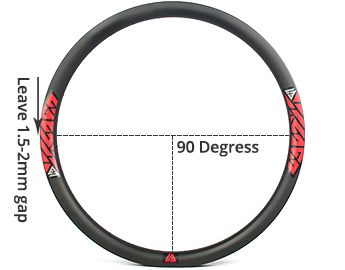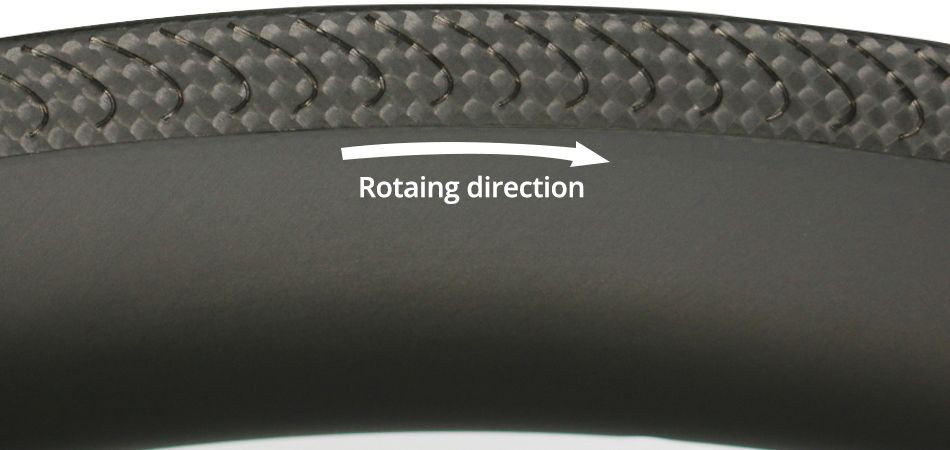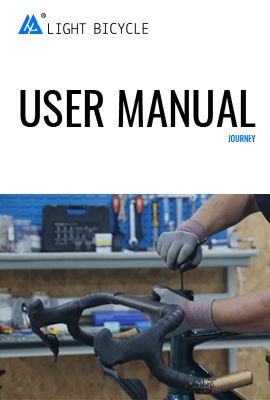COMMENTS
P
Patrick 2023/10/12

LightBicycle 2023/10/13
REPLY
Please leave your name here.
E-mail is required for further contact.
Please enter a message.
S
Steven 2023/08/22

LightBicycle 2023/08/23
REPLY
Please leave your name here.
E-mail is required for further contact.
Please enter a message.
L
Larry 2023/03/13

LightBicycle 2023/03/13
REPLY
Please leave your name here.
E-mail is required for further contact.
Please enter a message.
M
Michael 2022/09/09

LightBicycle 2022/09/09
REPLY
Please leave your name here.
E-mail is required for further contact.
Please enter a message.
G
Gerhard 2022/07/13

LightBicycle 2022/07/14
REPLY
Please leave your name here.
E-mail is required for further contact.
Please enter a message.
D
Dianne 2022/05/10

LightBicycle 2022/05/11
REPLY
Please leave your name here.
E-mail is required for further contact.
Please enter a message.
A
Alex 2021/12/05

LightBicycle 2021/12/06
REPLY
Please leave your name here.
E-mail is required for further contact.
Please enter a message.
E
Erich 2021/10/04

LightBicycle 2021/10/05
REPLY
Please leave your name here.
E-mail is required for further contact.
Please enter a message.
J
James 2021/10/02

LightBicycle 2021/10/02
REPLY
Please leave your name here.
E-mail is required for further contact.
Please enter a message.
R
Randy 2021/06/23

LightBicycle 2021/06/24
REPLY
Please leave your name here.
E-mail is required for further contact.
Please enter a message.
B
Brad 2021/03/10

LightBicycle 2021/03/10
REPLY
Please leave your name here.
E-mail is required for further contact.
Please enter a message.
D
David 2020/12/21

LightBicycle 2020/12/21
REPLY
Please leave your name here.
E-mail is required for further contact.
Please enter a message.
M
Matt 2020/12/16

LightBicycle 2020/12/17
REPLY
Please leave your name here.
E-mail is required for further contact.
Please enter a message.
B
Brent 2020/11/02

LightBicycle 2020/11/03
REPLY
Please leave your name here.
E-mail is required for further contact.
Please enter a message.
S
Sigurd 2020/10/22

LightBicycle 2020/10/23
REPLY
Please leave your name here.
E-mail is required for further contact.
Please enter a message.
Get in touch
Feel free to leave a comment if you have any questions or suggestions on our products or other issues.

Please leave your name here.
E-mail is required for further contact.
Please enter a message.
We use cookies for a better experience. Learn more.
Your Cookie Preferences
We use cookies to improve your experience on this website. You may choose which types of cookies to allow and change your preferences at any time. Disabling cookies may impact your experience on this website. You can learn more by viewing our Cookie Policy.
-
Cookies required to enable basic website functionality.
-
Cookies used to understand how the website is being used.
-
Cookies that are used to enhance the functionality of the website.
-
Cookies used to deliver advertising that is more relevant to your interests.
Aceept All Cookies
Save Preferences
Reject All Cookies
Save Preferences
Reject All Cookies
Accept All Cookies



